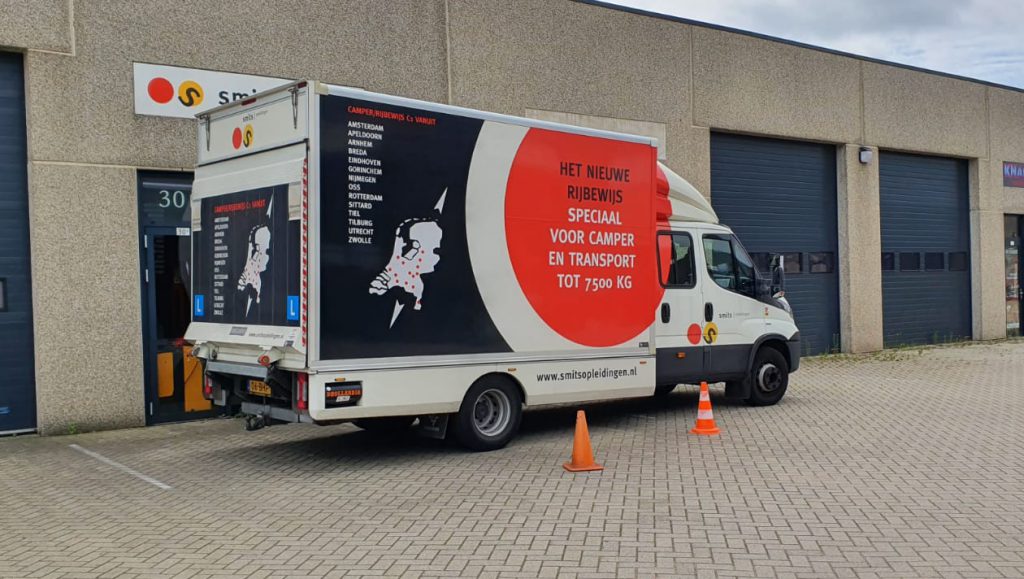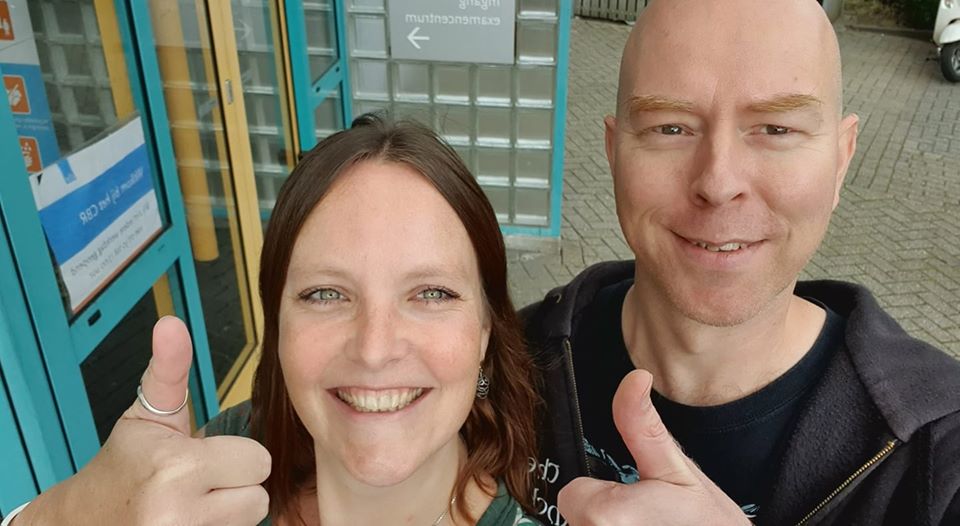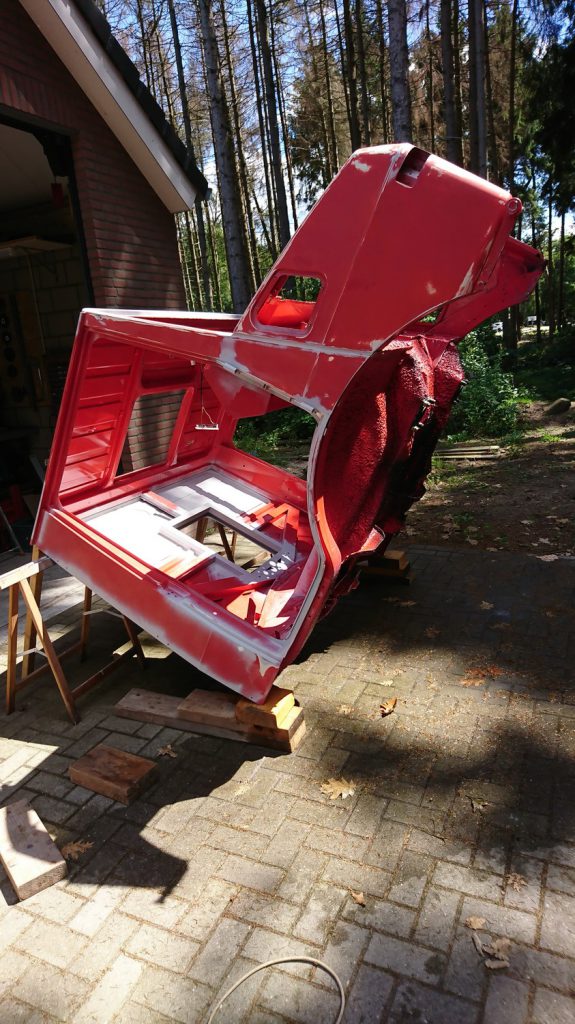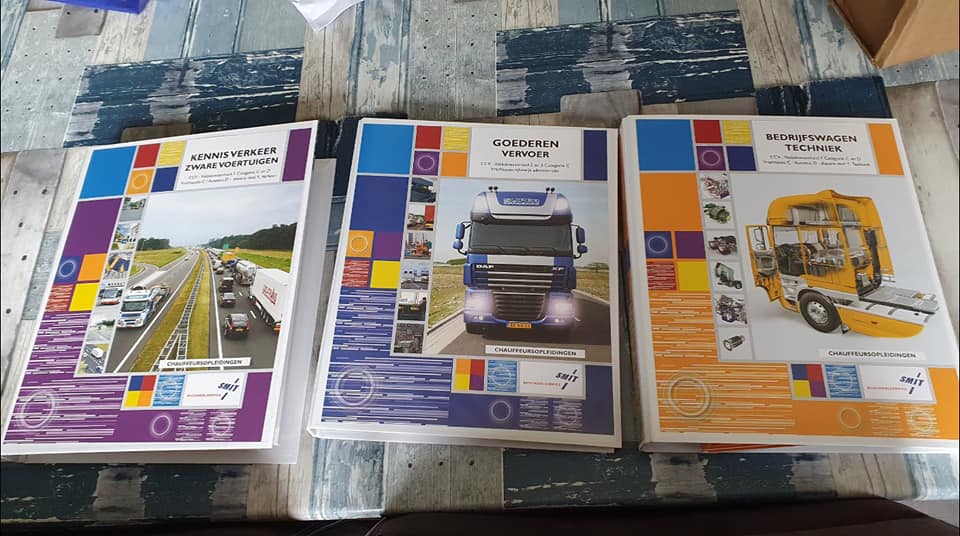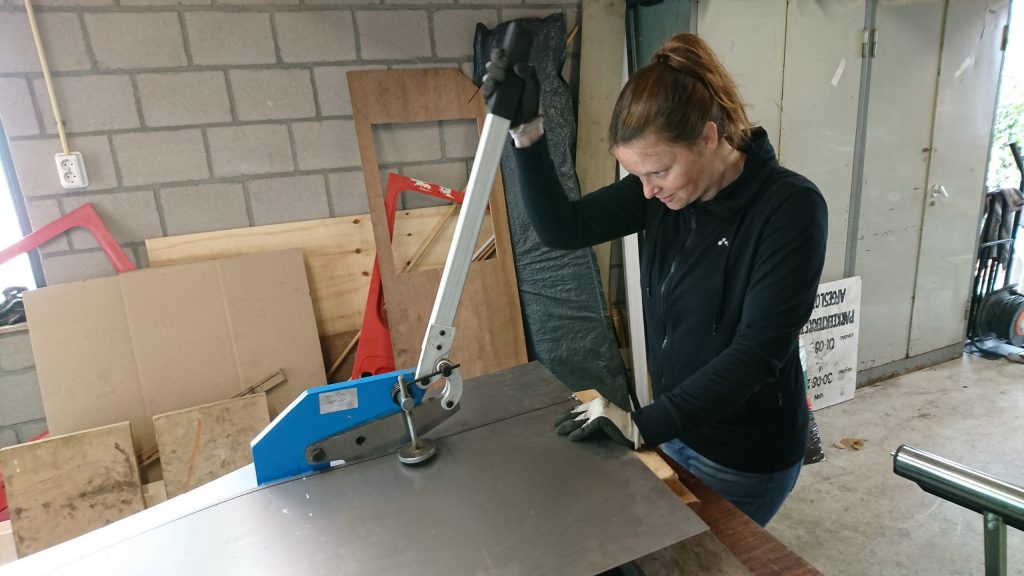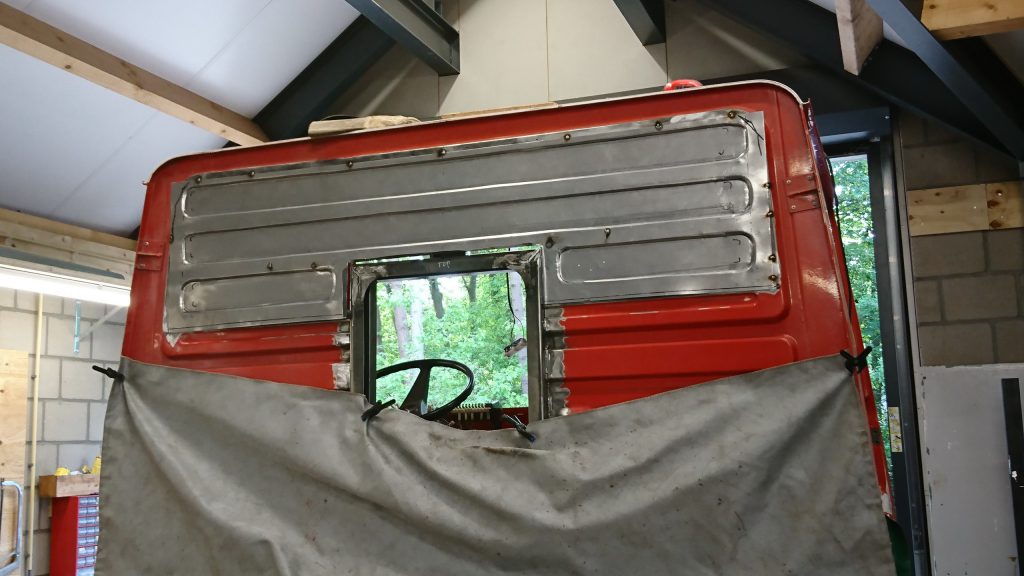Today is our 2-year anniversary with the Unimog! Huray, party! And although it’s not quite finished, it’s time to reflect on everything we’ve done so far. A list:
- removed the fire-fighter watertank, pump and platform
- removed PTO and it’s extra gearbox
- controlbox, wiring and instruments for flashlights removed
- removed glove compartment, dashboard, heating channels etc en purchased two new heater channels cause the bolt-holes were torn off
- push/pull cable for manual engine control from pump removed
- lifted the cab once to try it out
- repaired right side step, there was a crack in the metal
- removed rear side windows and welded steel plate in place
- repaired rear chassis cross member, a piece was removed there to make room for the pump
- moved the fuel tank from the right to the left side
- fixed a leak in the fuel tank and repainted it
- removed glued floor covering
- created fender supports and rear light supports
- created rear safety bar
- added towing points on chassis rear cross member
- removed the gearbox PTO attachment point and covered it up with, well, a custom cover
- had grill, bumper, steps and winch sandblasted and painted
- prepared install of central door locks
- added an always-on 12 volt cable to the dashboard
- removed door windows and up/down mechanism
- removed doors and windshield
- cleared rust from windshield sill, closed holes and sanded everything
- sanded glove compartment cover, fixed holes and covered with black foil
- sanded dashboard, closed holes and covered with black foil
- installed new exhaust and stainless steel muffler
- modified safety bar at the rear
- sanded body
- tried making sun visor
- moved the master brake cylinder slightly forward and downward
- added a pneumatic quick connector
- designed camper body attachment
- designed camper body with lifting roof
- added rear lights wiring, including pole lights, license plate lighting etc
- found new dashboard indicator lights and switches, designed dashboard for it
- created technical drawings for camper body attachments and had parts laser cut from steel
- put together the camper body attachments, welded it and had it painted
- added a very different hazard light switch
- welded the floor frame for the camper body
- created a wooden pass through frame and tested it by crawling through it, it was large enough for the both of us
- cut a hole in the rear wall of the cab and welded the pass through frame in place
- decided to cut the upper part of the rear wall and replace it, creating a more uniform look for the cab
- got our C1 (truck up to 7500Kg) drivers license
- removed all other items from the cab
- removed the cab from the Unimog, emptied and cleaned it
- started sanding, filling, sanding etc
- removed the metal compartment from the driver-side door
- removed gearbox cover, sanded and painted it
- painted engine cover
- had the cab painted, reinstalled several items
- put our beautiful dove blue cab back onto the Unimog
- added sound-deadening to the floor, body, ceiling, rear wall and doors
- uplifted all grey looking plastic items of the cab so they’re all new black again
- installed bumper, headlights, directional indicators, raised air intake, Mercedes grill star
- exchanged the original 4-wheel and lockers valve with electronical valves
- added floor-covering and sound absorption material to back side, installed door seals
- added wiring for rear view camera
- created new ceiling covers
- cleared break fluid and replaced it
- replaced clutch fluid
- added centrol doorlocking wiring to dashboard and doors
- purchased a passenger seat support
- purchased air-suspension seats
- created adaptors for seat supports
- installed wiring and air for the seats
- installed seats
- reinstalled door windows and up/down mechanism
- added rear-view wiring to dashboard
- installed other cab-parts like stearingwheel, pedals, windshield-wiper motor and others items
- installed plastic door compartments to both doors
- added multi-cable from dash to rear of chassis
- added working lights to rear and switch in the dashboard
- removed the black foil from dashboard and glove compartment and replaced it with grey synthetic leather
- created new ‘door cards’ with the same leather, replaced door grips with second hand washed black ones
- finished reinstalling all parts of the door
- replaced the red door lock sliders with black ones
- finished the new dashboard and installed it
- reinstalled mirros
- glued new rubber seal to hatch
- bolted on the winch and engine cover
- search and found universal window seal, installed a temporary window in the pass through opening
- purchased interior airfilter bracket and installed air filter
- ordered walls for the camper body
- replaced a cover on the passenger seat, it was broken
- created new light-supports for the rear side of the truck
- created side safety items
- measured floormats and made technical drawings for custom floor mats
- installed rear view camera to cab with magnetic holders
All in all, quite the list to be proud of!














